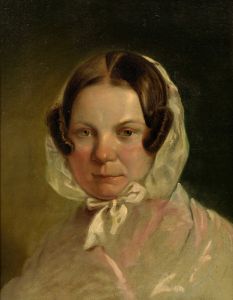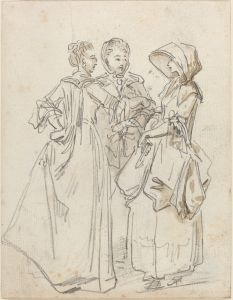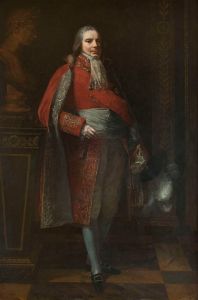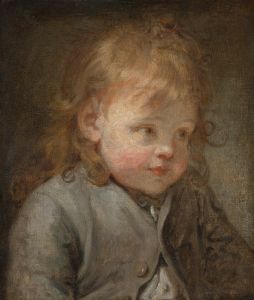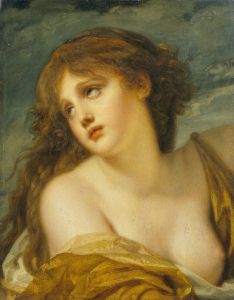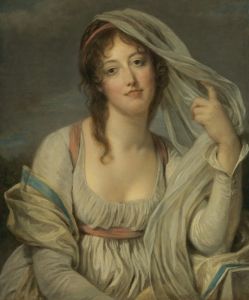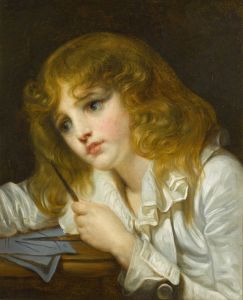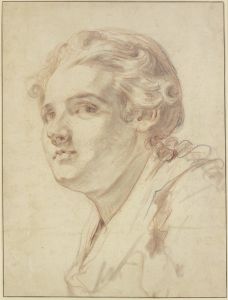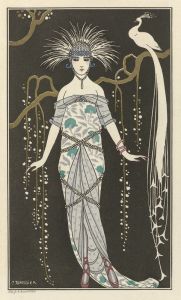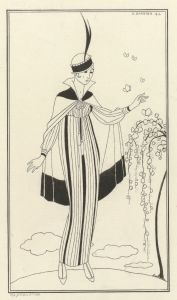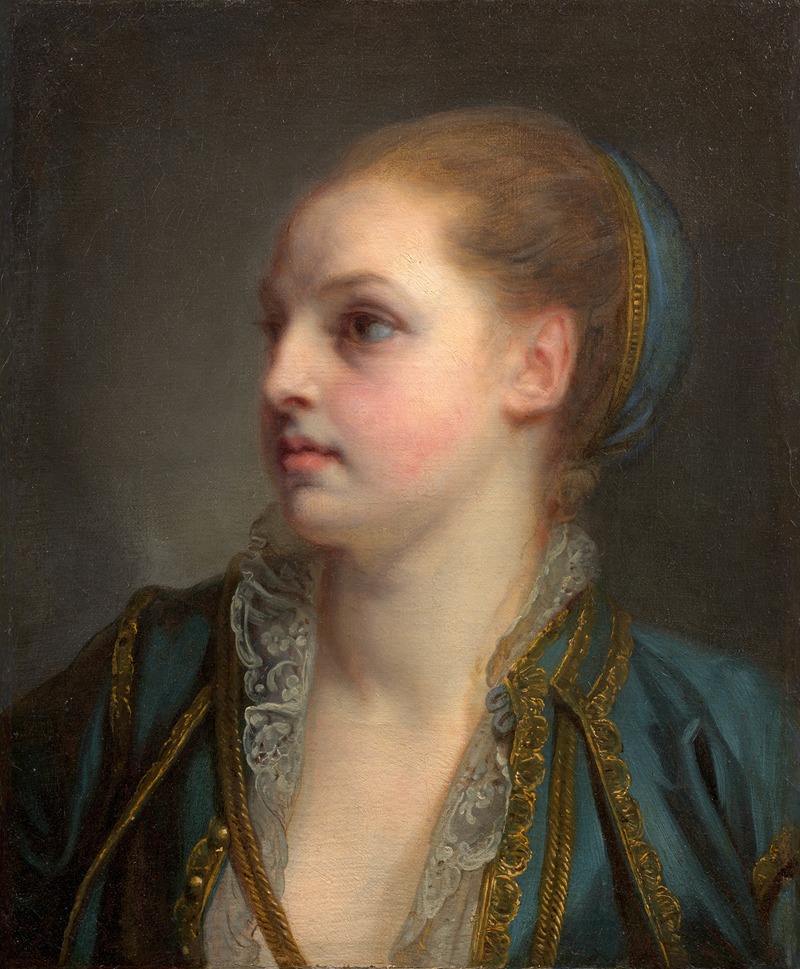
Presumed portrait of Mademoiselle Clairon
A hand-painted replica of Jean-Baptiste Greuze’s masterpiece Presumed portrait of Mademoiselle Clairon, meticulously crafted by professional artists to capture the true essence of the original. Each piece is created with museum-quality canvas and rare mineral pigments, carefully painted by experienced artists with delicate brushstrokes and rich, layered colors to perfectly recreate the texture of the original artwork. Unlike machine-printed reproductions, this hand-painted version brings the painting to life, infused with the artist’s emotions and skill in every stroke. Whether for personal collection or home decoration, it instantly elevates the artistic atmosphere of any space.
The painting Presumed Portrait of Mademoiselle Clairon is an 18th-century work attributed to the French artist Jean-Baptiste Greuze. Jean-Baptiste Greuze (1725–1805) was a prominent painter during the Rococo and early Neoclassical periods, known for his genre scenes, portraits, and depictions of moralistic themes. This particular painting is believed to represent Mademoiselle Clairon, a celebrated French actress of the 18th century, whose full name was Claire-Josèphe Hippolyte Leris de La Tude (1723–1803). Clairon was renowned for her performances in tragedies and her significant contributions to the French theater, particularly at the Comédie-Française.
The painting is characterized by Greuze’s signature style, which combines delicate attention to detail with an emotional and expressive quality. The subject is depicted with a focus on her facial expression and posture, emphasizing her elegance and poise. Greuze was known for his ability to capture the individuality and character of his sitters, and this work is no exception. The soft use of light and the refined brushwork are typical of Greuze’s portraiture, highlighting the sitter’s features and attire.
While the title of the painting suggests that the subject is Mademoiselle Clairon, there is no definitive evidence to confirm her identity. The attribution of the sitter as Clairon is based on tradition and stylistic interpretation rather than documented proof. As a result, the identification remains speculative, and the painting is often referred to as a "presumed" portrait.
The artwork is an example of Greuze’s skill in blending portraiture with a sense of narrative, a quality that made his works highly sought after during his lifetime. His portraits often went beyond mere likeness, aiming to convey the personality and social status of the sitter. This approach aligned with the tastes of the Enlightenment era, which valued individuality and emotional expression.
The painting is currently housed in the Musée des Beaux-Arts in Strasbourg, France. It remains an important piece in the museum’s collection, showcasing the artistry of Jean-Baptiste Greuze and offering a glimpse into the cultural and artistic milieu of 18th-century France. Despite the uncertainty surrounding the sitter’s identity, the painting continues to be appreciated for its artistic merit and historical significance.





